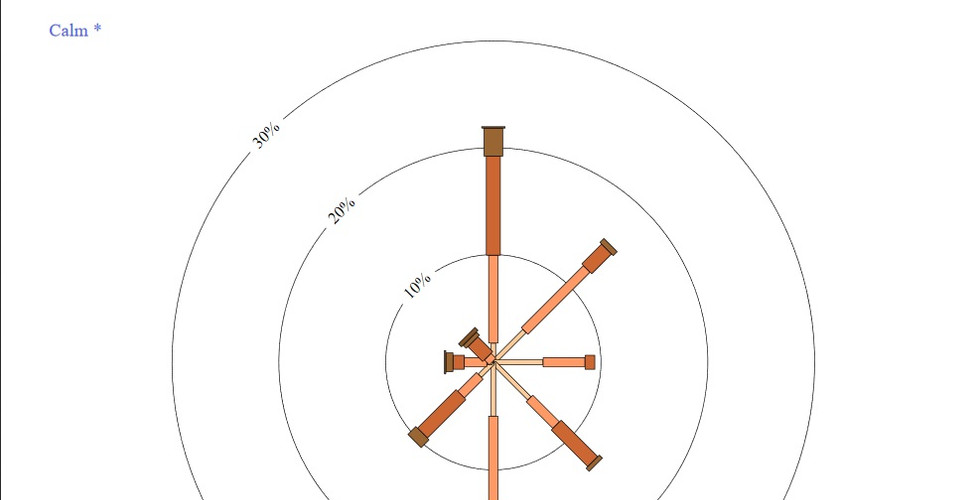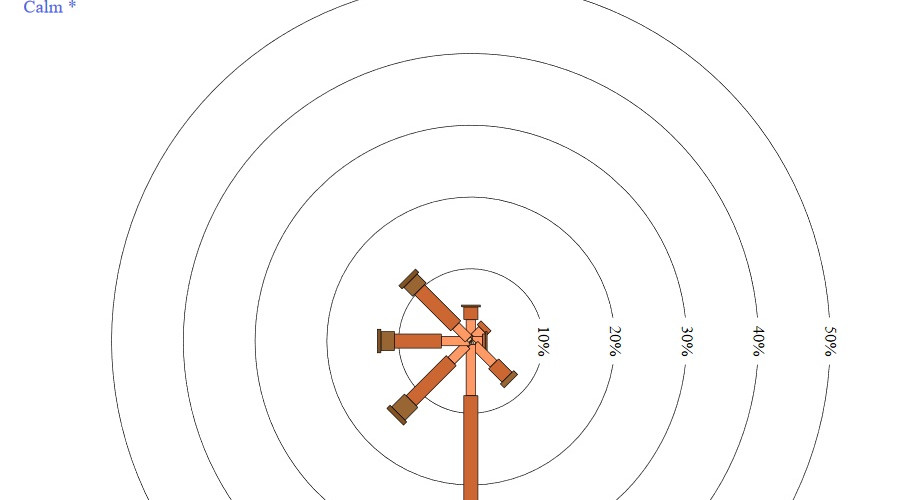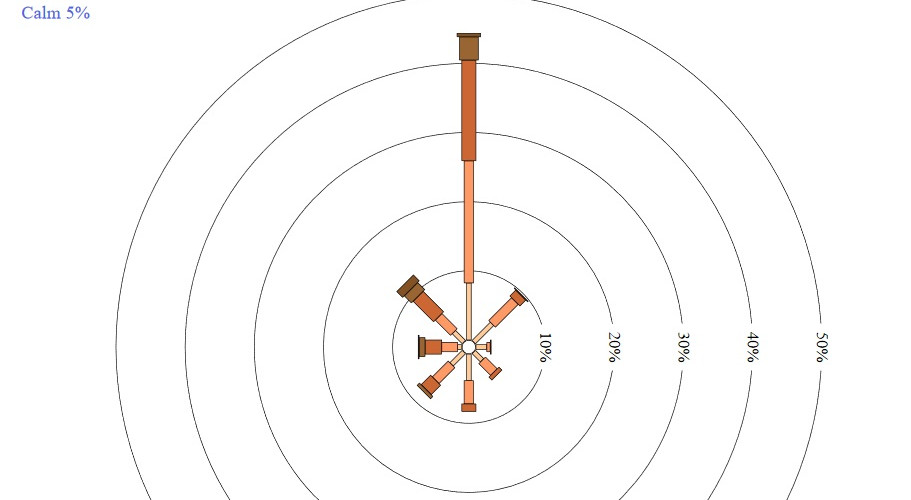Snowtown's Wind Farms
- Jon Ruwolt

- Feb 23, 2020
- 2 min read
Updated: Mar 1, 2020
The Snowtown Wind Farm sits on the Barunga and Hummocks Ranges, 170km north of Adelaide, in South Australia.
The first stage of 47 turbines was completed in 2008 and Stage 2 of 90 turbines became operational in 2014.[2] Stage 2 was sold by Tilt Renewables to Palisade Investment Partners in December 2019.
Snowtown's Wind Farm Stage 1 has been generating electricity since 2008 with Stage 2 commissioned in 2014.
Together these now make the second largest wind farm in South Australia.
The location of the wind farm, the Northern Hummocks, and the Barunga Range, are north-south trending ridges of the northern Mount Lofty Ranges.
These sites are generally treeless, rounded, and lie across the direction of the prevailing westerly winds.
The Snowtown Wind Farm operates as three separate connections to the National Electricity Market.
Stage 1 is a single line of turbines on the western side of the combined farm.
Stage 2 has a southern section which mostly extends the line to the south along the Hummocks, and a northern part which is adjacent on the east side of Stage 1 on the Barunga Range.
Above: a slideshow of photos from Flickr.
The prevailing winds over these hills is said to be from the West, from the Spencer Gulf.
However, Snowtown gets a sea-breeze from the West-South-West every afternoon in the warmer months.
Check out these wind-speed and wind-direction (Wind-Rose) maps for Snowtown:
Click the arrows to change the chart display >
Charts from the Bureau of Meteorology for Snowtown:
From October until April the wind direction changes from North/North-East in the morning, to South/South-West in the afternoon.
The wind is usually light in the mornings, then once the Sea Breeze kicks in, from around noon, the wind strengthens until sunset, when it becomes calm again.
The sea breeze is driven by the temperature difference of the land versus the temperature over the sea. Hot air rises above the Condowie plain, and is replaced by wind flowing from the sea.
As the afternoon gets warmer, the sea breeze gets stronger. Once the sun sets, the land cools down and the sea breeze disappears.




































































Comments